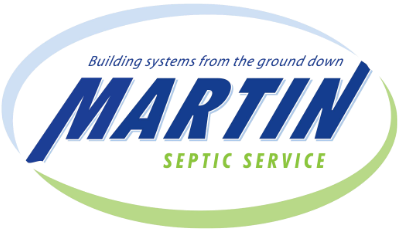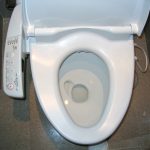What To Know About Septic System Backups
Fixing an occasional leaky pipe is okay if you’re a do-it-yourself kind of guy. But if it is more than just a leaky pipe or clogged toilet, this is not a job to attempt yourself. If you suspect septic system backups is the problem, you need to call a septic service company to fix the problem immediately.
One of the worst problems that homeowners will face is the likelihood of sewer backups. A sewage leak is a health hazard to you and your neighbors, which is why you need to get it taken care of a.s.a.p. This one job that you need a professional for. Dealing with septic systems requires skill and knowledge of how the system works, where the drain field is, and the plumbing from the house to the septic tank.
Can the septic system backup into my house?
Yes, it can. Your first and only warning signs may be slow draining sinks or bathtub drains. If this seems to happen a lot, it may be a warning sign of something more serious to come.
If you are seeing murky, black, or dark -colored water with a bad smell backing up into your toilets, bathtub, and sinks, this could be sewage and you should call a septic service to come out and check.
If this is a backup problem they have the right tools and knowledge needed to fix it without any danger to you or the houses around you.
What causes this to happen?
-
- Tree roots: the causes of a septic system backups are pretty much the same as what causes sewer line problems. Tree roots from underground get into the cracks in the pipes and continue to grow causing an obstruction.
- Foreign objects in the system: there may have been non-flushable items passed through the system that got stuck like feminine hygiene products, baby wipes, diapers, or etc.
- Garbage disposal: Another culprit is often a garbage disposal because it is meant to flush the contents into an open sewer line, but if the food is not broken down small enough it can get stuck in the pipes creating a blockage.
- Overflow: It might also be caused by too much water being pushed into the system all at once by dishwashers, washing machines, and frequent showers. This is called an overload and can be avoided by spacing out your water usage with appliances and showering. An example of spacing might be to run your dishwasher at night, shower in the mornings, and wash your laundry once or twice per week. This will keep too much water from being forced into the system, causing it to overflow and push back into the house.
5 Warning Signs You Shouldn’t Ignore
These five things could indicate a problem with your septic system. If you have the first one it might not be too much of a big deal, but if you have more than one of these signs you definitely have a problem.
-
- A clogged drain
- A stinky smell in your yard
- Water backing up into the tub, shower, or sinks
- Standing water near the septic tank lid
- A patch that is green or tends to have a lot of water
Can this be prevented?
You can prevent septic system backups by keeping toys or other objects from getting flushed down the toilets.
A sink strainer will keep a lot of food scraps from going down the drains as well. You can also prevent overflow by spacing out your water usage as mentioned above.
Also, make sure to have your system pumped out at the appropriate time. Septic systems should be pumped every 3 to 5 years to avoid problems. If you follow these suggestions you should have no problems maintaining your septic system.







